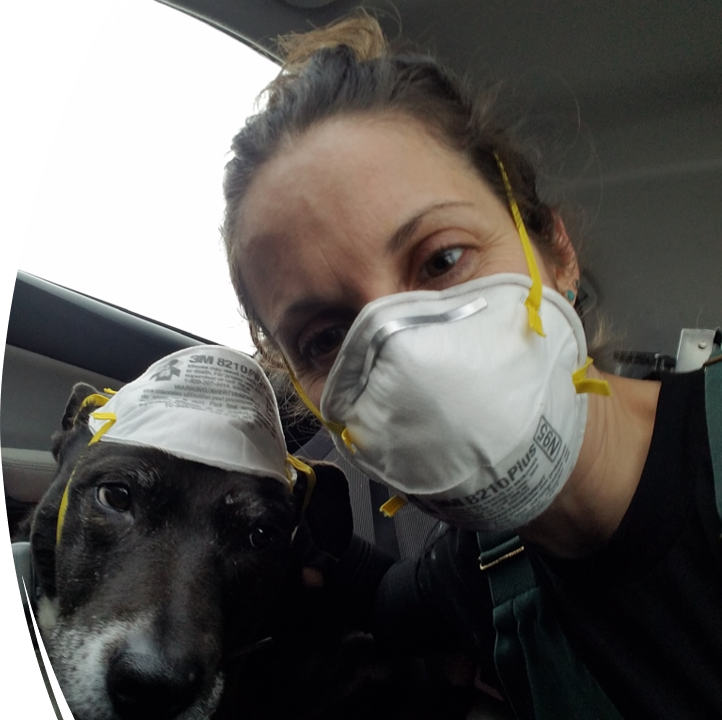
More than a year ago, the global health pandemic put many aspects of life on pause. Farmers faced their share of disruptions and challenges, but the daily work had to be done. Similarly, many people working as agricultural service providers still had a job to do, but some adjustments were needed.
Kaitlyn Lutz is a veterinarian at the Keseca Veterinary Clinic in Geneva, N.Y. In a panel discussion during the Cornell Herd Health and Nutrition Conference, she explained the steps their veterinary practice took to navigate the pandemic.
Just days after the declaration of a national emergency, Lutz started to develop symptoms and went to get tested for COVID-19. While waiting for the results, she self-quarantined. After receiving her positive result 10 days later, the clinic had to quickly create a game plan moving forward.
For the next week, they went to an emergency-only schedule. Since Lutz was symptom-free and had completed her quarantine period, she returned to the clinic to man the office and cover the basics while the rest of the staff quarantined. Fortunately, no other staff members became sick.
She said some farmers were initially nervous to work with her since she had tested positive, and because it was the beginning of the pandemic and there were many unknowns. She said her team learned quickly to relay the most reliable information available at the time and find ways to solve and treat herd issues while keeping everyone comfortable.
In the clinic, they upped their sanitation protocols, following the guidelines established by the Centers for Disease Control (CDC). They also required that masks be worn at all times.
Their clinic runs a diagnostic laboratory as well, so maintaining social distancing in the office was somewhat more difficult. They soon learned they needed to stagger work schedules to maintain just one person in the lab space at a time. “It took a while to work out, but it is going well,” Lutz shared.
Veterinarians used to spend more time working in the office, but now they only come to the clinic to restock supplies. There is a sign-in sheet for visitors, and they have set up a pick-up station for clients to collect supplies they order. Employees also complete a daily health log.
As for working on farms during the pandemic, “Things are a little easier in some regards and a little bit harder,” explained Lutz. They started health screening clients when they called, asking if they had COVID-19 symptoms. The vets wear masks and gloves at all times.
Lutz said there are times during farm calls when several people must work closely together, making social distancing impossible. She used a cesarean section surgery as an example. However, their staff paused all indoor farm meetings for a period of time and offered some meetings and educational opportunities through virtual platforms instead.
Lessons learned
Lutz said one point that was strengthened during the pandemic is that biosecurity really works. “This was another reinforcement that yes, we need to think about biosecurity, not just for cattle but also for us,” Lutz noted.
She also applauded the efforts and resiliency of the farmers they work with.
“Our clients are unbelievable,” she stated. “I am so proud of the industry going through everything we’ve been through this year and coming out on the other side.”
She encouraged farmers to put a protocol in place to manage abrupt declines in milk price and unexpected changes in the quantity of milk that can be shipped if a plant puts limits in place. She said their vets helped several farms create these types of plans.
As for her veterinary team, she said they learned that they can adapt quickly and keep everyone safe if they work together. And like most people, although her clinic found new efficiencies and learned from adversity, Lutz is looking forward to a more positive 2021.








